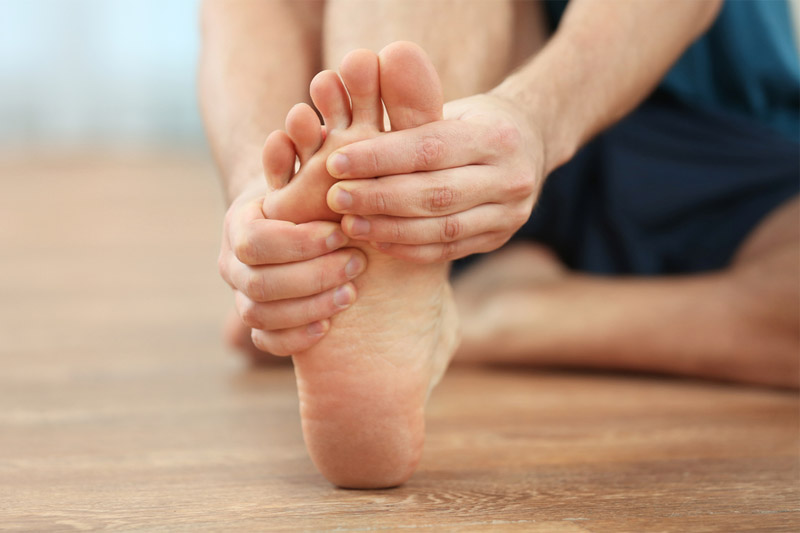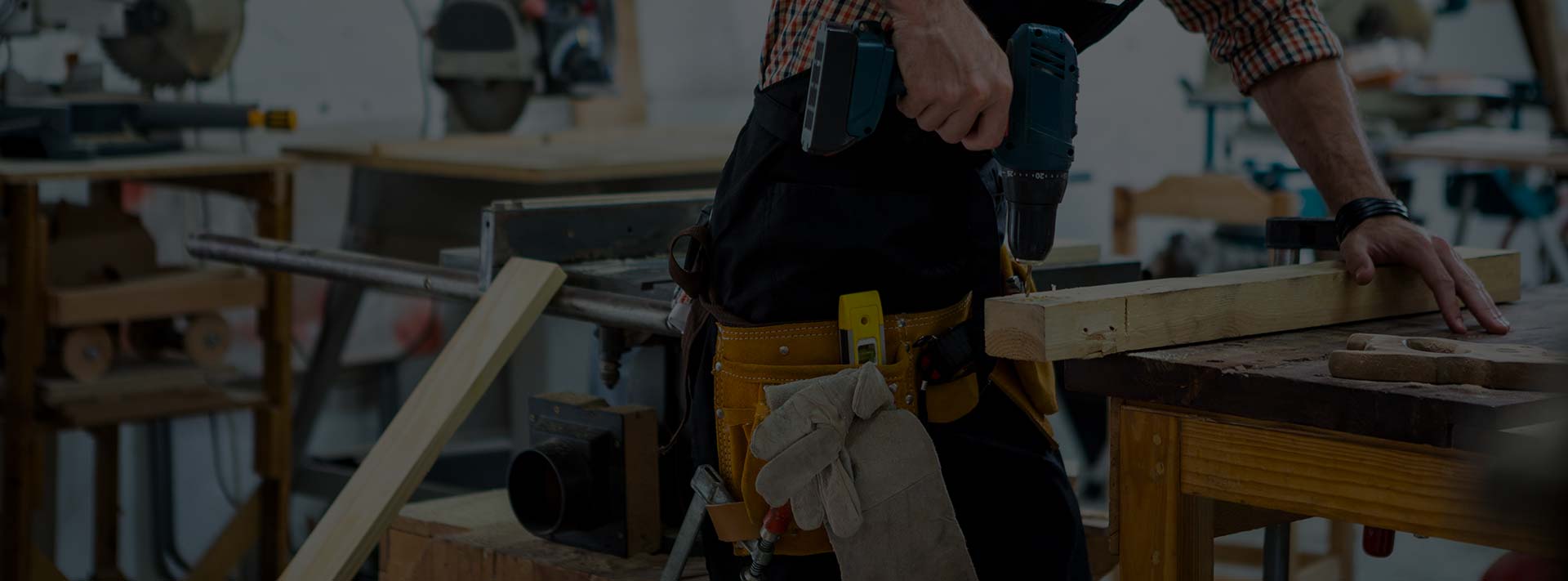
13 Jan Podiatrists Can Help With Forefoot Pain
One of the most common conditions that many people experience is pain through the forefoot or the ball of their foot. There are several different structures located in the forefoot, making it a busy place. These structures are placed in incredibly tight spaces, which makes it easier to determine the underlying cause of the pain and isolate the symptoms. Here are the 5 of the most common pathologies, their symptoms, and their treatments:
1. Morton’s Neuroma
The nerves located in our feet detect pressure, heat, and touch. Morton’s Neuroma causes inflammation of the intermetatarsal plantar nerve that’s located between your 2nd/3rd or 4th toes. The symptoms of this condition include shooting pain, numbness, burning, and a feeling like there’s a rock in your shoes. The primary cause of this condition is an inflammation of the nerve sheath. Tight footwear or high heels can often aggravate the pain. Although removing your footwear can relieve the pain that might not always prove effective.
Treatment: Shoe inserts, anti-inflammatories, offloading of the impacted area in a targeted manner. However, in severe cases, radiofrequency ablation or cortisone is required.
2. Stress Fracture
A sudden increase in bone stress often caused by intense activity can result in stress fractures. It usually occurs when we push ourselves beyond the capacity that the bone can handle. Stress fractures develop gradually and are caused by an increase in training time frames without sufficient rest. These fractures are incredibly common with runners and sportspersons, affecting their performance. These fractures are more frequent during winters as a result of decreased levels of vitamin D that helps to absorb calcium. Symptoms of a stress fracture include night pain, dull ache, and pain when bearing any weight.
Treatment: 6 weeks of wearing a moon boot and step by step, return to activity. However, it’s crucial to identify the original causes and diagnose the condition accurately.
3. Intermetatarsal Bursitis
This condition causes inflammation of your bursae that runs between your metatarsals, the long toe bones of your forefoot. The pain often aggravated by spending excessive time in tight shoes. In such cases, removing the shoes will relieve the pain. This condition can develop due to several factors like high arched feet, wide feet, and the use of tight shoes.
Treatment: anti-inflammatories, targeted offloading of the affected area, and wider fitting shoes.
4. Plantar Plate Tear
The Plantar Plate is a thick ligament with attachments that extend into the base of the toe bones (phalanges). Its primary function is to stop the toes from overextending and spreading apart. It most cases tears in this ligament occur due to hyperextension of the toes, or even widening of the 2nd or 3rd toes. The Plantar Plate tear takes place gradually and should be treated in its early stages. If you’re experiencing any toe widening or clawing of the toes along with swelling, you’re most likely suffering from a Plantar Plate tear.
Treatment: Based on the stage of your tear, treatment can include surgery, strapping, and insoles.
5. 1st MTPJ Arthritis (Hallux Limitus/Hallux Rigidus)
Often characterised by a restricted range of motion in the big toe joint, 1st MTPJ arthritis is a degenerative form of arthritis caused by constant load put on the big toe joint. Several factors, like a family history of osteoarthritis, the shape of your foot, as well as previous trauma, contribute to this condition.
Treatment: Shockwave therapy, stiff soled shoes, mobilisation exercises, strapping, and surgery.
Regardless of which of these conditions you’re suffering from, the diagnosis needs to be accurate to ensure that you receive proper treatment. As experienced podiatrists, we are feet specialists and the perfect place to diagnose your condition and provide you with the best treatment.
If you have noticed any problems with your feet, contact us immediately immediately. For information on our podiatry services at Sydney Sports Podiatry, feel free to contact us at either one of our locations.
Thanks for reading,
Sydney Sports Podiatry
1300 474 306



